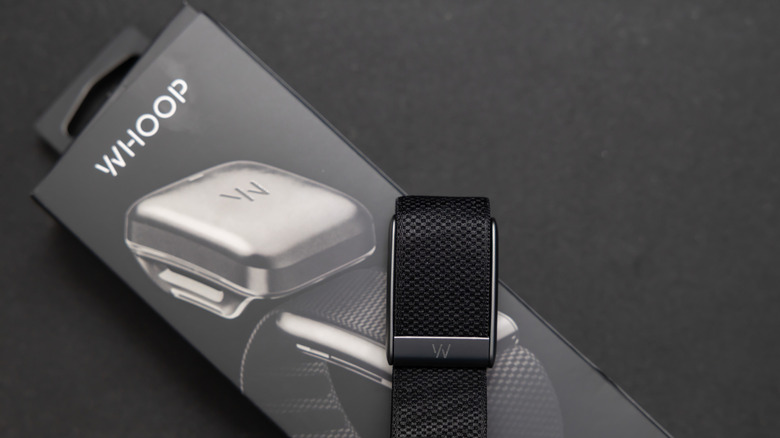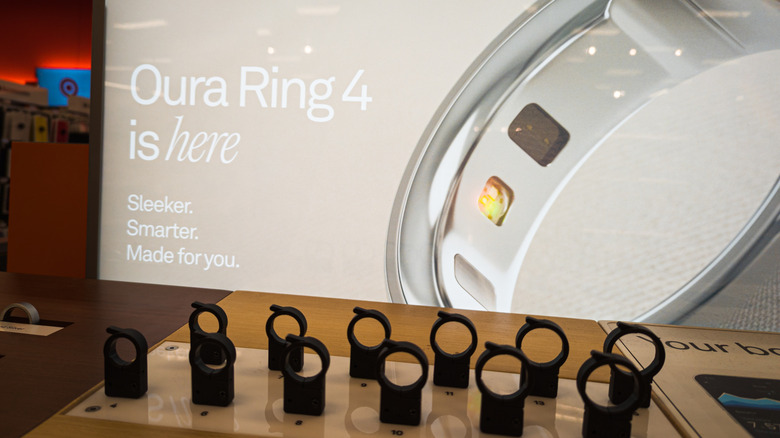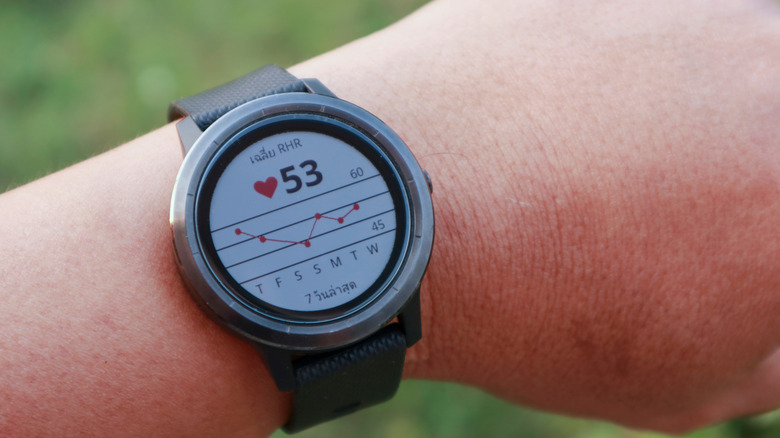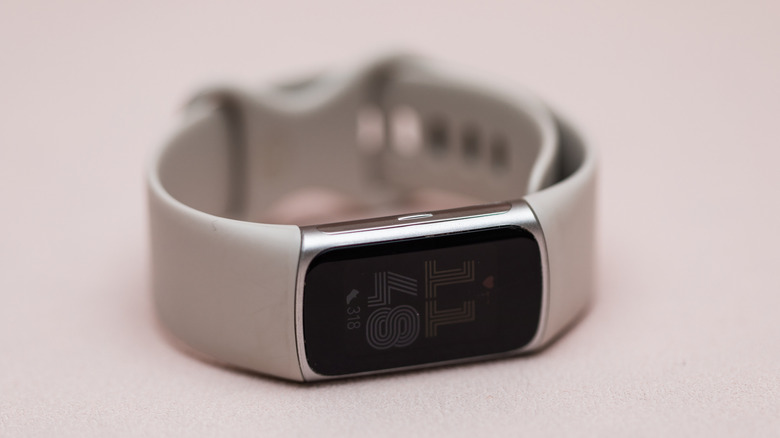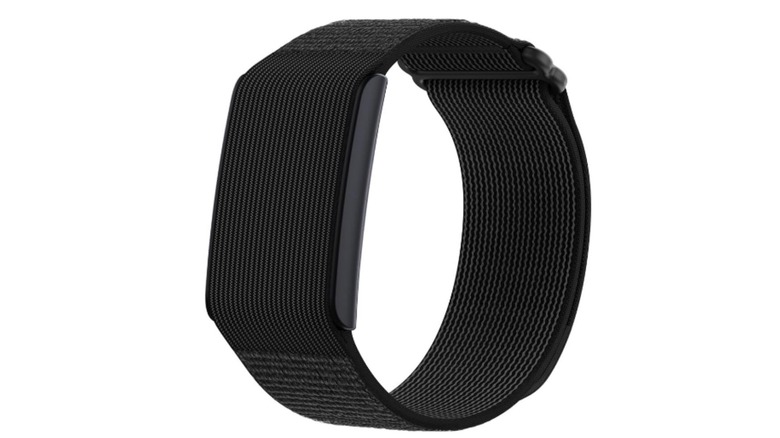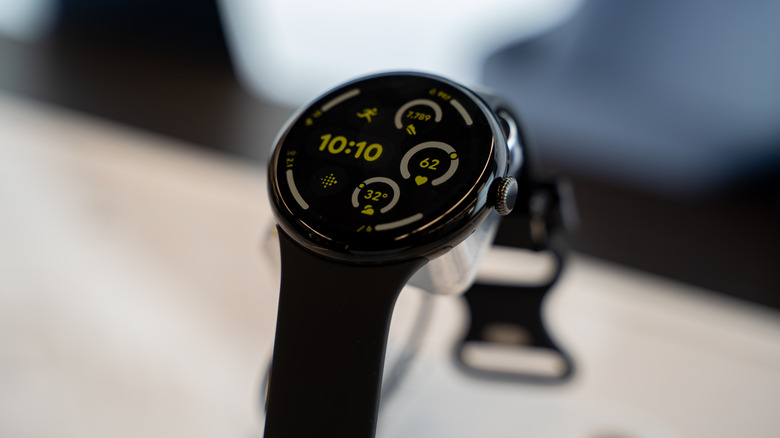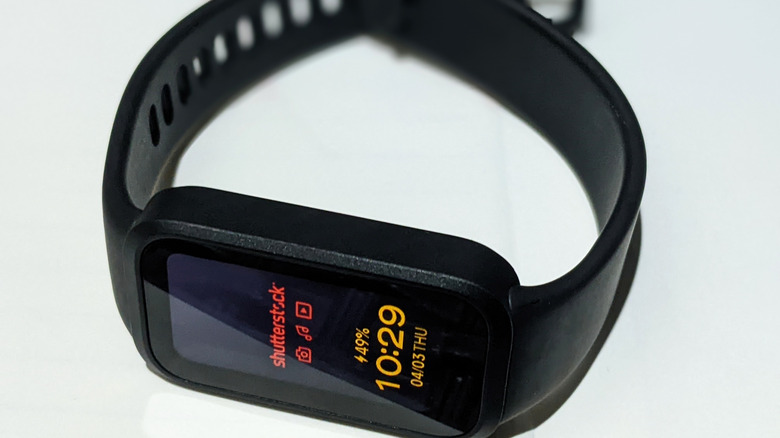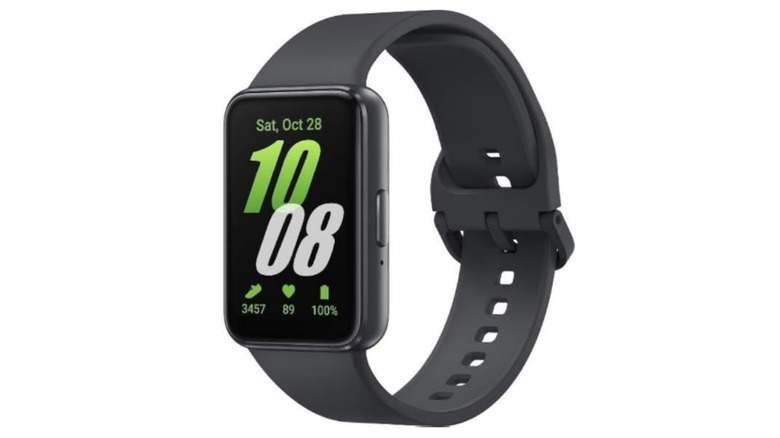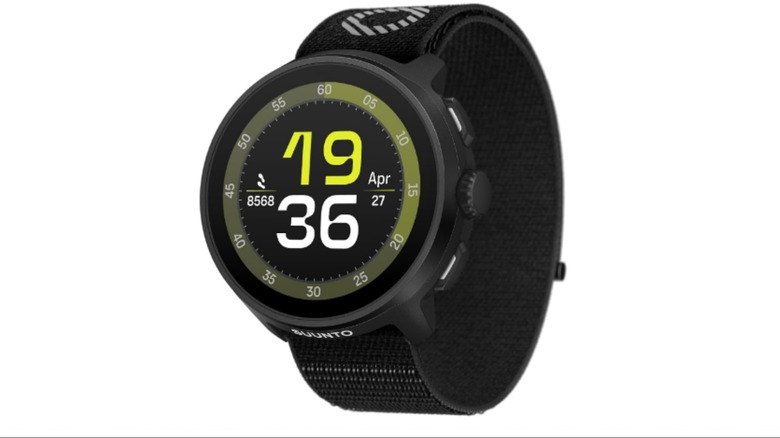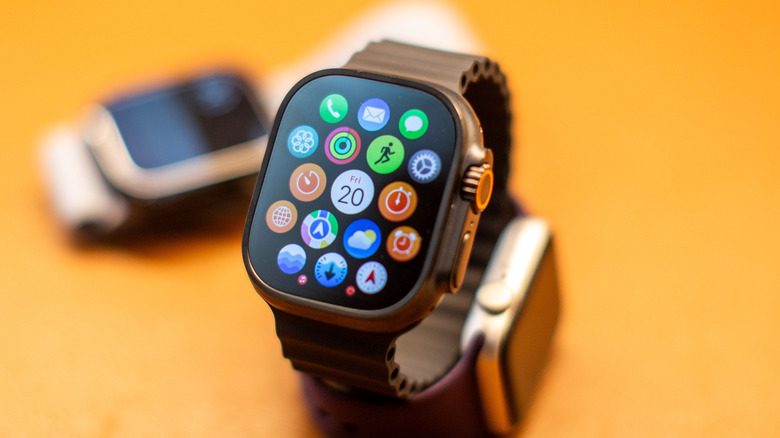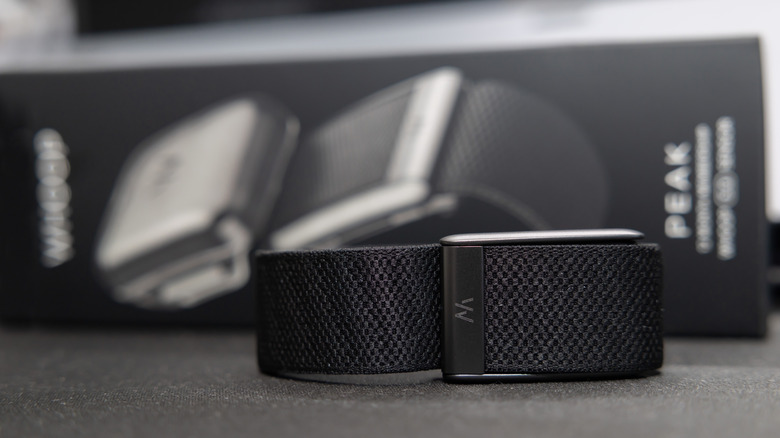9 Of The Best Whoop Alternatives For Health & Fitness Tracking
We may receive a commission on purchases made from links.
Whoop carved out its niche by focusing on recovery, strain, and readiness instead of simple step counts. Its data-first approach and subscription model built a loyal following among athletes and fitness enthusiasts. But Whoop's membership structure comes with strings attached. For instance, new members must commit to at least a 12-month plan starting at $199 annually, with monthly pricing ($25-$40/month) reserved only for existing members.
Add to that a hardware design some find unappealing or limiting, plus the fact that features like ECG (Electrocardiogram) and IHRN (Irregular Heart Rhythm Notification) require a more expensive membership, and it's clear that Whoop isn't the perfect fit for everyone.
Well, you don't have to settle for Whoop's trade-offs to get advanced performance insights. A growing number of fitness trackers and smartwatches now provide comparable depth, often at lower costs and with more flexibility. So, whether you want something discreet and screen-free, or a smartwatch packed with daily conveniences, there's an option designed for your lifestyle and goals.
We've rounded up nine of the best Whoop alternatives worth considering. Each one brings its own balance of data accuracy, design, and ecosystem support, catering to everyone from dedicated athletes to casual health trackers.
Oura Ring 4
If a fitness band isn't your thing, the Oura Ring 4 might be the Whoop alternative you've been searching for. This sleek little ring packs in serious tracking power while staying almost invisible on your hand. Like Whoop, it monitors your heart rate, sleep, body temperature, and recovery 24/7, but it does so in a form factor that looks like minimalist jewelry rather than athletic gear.
Starting at $349 with a 4.2-star rating on Amazon, this fourth-generation model comes in various colors, including silver, black, brushed silver, gold, stealth, and rose gold. It lasts several days on a single charge and feels more refined than ever, with flat internal sensors that make it comfortable enough to forget you're wearing it. Meanwhile, the companion app (available on Android and iOS) gives you daily Sleep, Readiness, and Activity scores so you can quickly gauge how well you're resting and performing. Women can also track their menstrual cycles and even sync with the Natural Cycles app for fertility insights.
There's a $5.99 monthly fee to unlock the Oura app's full analytics, but that's still far cheaper than Whoop in the long run. Between its sharp design, reliable accuracy, and long battery life, the Oura Ring 4 makes tracking your health look effortlessly cool.
Garmin Vivoactive 5
The Garmin Vivoactive 5 is the answer for people seeking Whoop's recovery intelligence in a full-featured smartwatch package. With its crisp 1.2-inch round AMOLED display and smooth design, this watch delivers serious health-tracking skills while adding everyday smartwatch functionality that Whoop simply doesn't offer.
The Vivoactive 5 tracks heart rate, stress, sleep, and even your energy reserves through Garmin's Body Battery feature. It adds nap detection, VO₂ max monitoring, heart rate variability (HRV) tracking, and advanced sleep coaching that nudges you toward better recovery habits. It also handles smartwatch duties like mobile payments (via Garmin Pay), notifications, and offline music playback. At $299.99, you get a remarkable battery life that can stretch up to 11 days on a single charge, and compatibility with both Android and iPhone via the Garmin Connect app.
That being said, Garmin doesn't lock major health and fitness metrics behind a mandatory subscription as Whoop does. While the company now offers an optional Garmin Connect+ subscription ($6.99/month or $69.99/year) for AI-driven insights and a detailed performance dashboard, all core tracking features remain free. Besides, there is a 30-day free trial to give users plenty of time to test whether the upgrade is worth the investment.
Fitbit Charge 6
Since Google's $2.1 billion acquisition of Fitbit in 2021, the Charge lineup has picked up a tech-forward edge, and it shows with the Charge 6. You'll spot plenty of Google touches, including Maps, Wallet, and YouTube Music, but make no mistake, this is still very much a fitness tracker first.
At around $159.95 on Amazon, with a 4.1-star average rating, the Charge 6 is compatible with Android and iOS through the Fitbit app, which now requires a Google account to log in. Once synced, it delivers continuous heart rate tracking, ECG readings, SpO₂ monitoring, and detailed stress and sleep analysis. There are 40 workout modes and built-in GPS for accurate outdoor tracking, along with the ability to share your heart rate live with select gym equipment from Peloton, NordicTrack, and more.
Battery life lasts up to a week, and every Charge 6 includes six months of Fitbit Premium for advanced metrics such as recovery scores and guided workouts similar to Whoop's analytics. After that trial period, users can continue for $9.99 a month or switch to the free version.
Amazfit Helio Strap
For anyone who likes the idea of effortless health tracking without another screen demanding attention, the Amazfit Helio Strap is an easy win. It looks a lot like the Whoop band — minimal and screen-free — but the biggest difference is that you buy it once, and that's it. No monthly fees, no hidden paywalls, just straightforward tracking for $99.
Instead of bombarding you with notifications or flashy displays, the Helio Strap quietly monitors your key wellness stats like heart rate, HRV, stress, sleep, and blood oxygen. All your insights live in the Zepp app, where you'll find recovery trends and a BioCharge score that gives you a sense of how ready your body is to take on the day.
At only 20 grams, it's so light you'll probably forget you're wearing it, and the soft velcro strap keeps it comfortable through workouts and overnight use. Plus, its 10-day battery life means you can spend more time moving and less time charging. It's not meant to replace a high-powered training watch, but for anyone who just wants solid wellness insights in a low-maintenance package, the Amazfit Helio Strap delivers simplicity that feels almost luxurious.
Google Pixel Watch 3
The Google Pixel Watch 3 takes everything Google has learned from Fitbit and wraps it in a polished smartwatch built for Android users. It's a well-designed, circular wearable that combines accurate Fitbit-powered health tracking with the smarts of Wear OS, making it one of the most balanced fitness-focused watches around. Starting at $249.99 with a 4.4-star Amazon rating, it delivers sleep tracking, heart rate monitoring, and recovery insights that easily rival Whoop.
Out of the box, the watch comes with six months of Fitbit Premium just like the Charge 6, giving you access to in-depth metrics like readiness scores, detailed sleep breakdowns, and guided workouts. That makes Fitbit the default health-tracking system for the Pixel Watch 3, although users can also download Google Fit, which is completely free and covers basic fitness data like steps and GPS workouts.
After the trial, Fitbit Premium costs $9.99 per month if you want to keep the advanced health insights going. Moreover, the watch was clearly designed with Pixel users in mind. Its seamless connection to Google services makes it the perfect fit for anyone deep in the Android ecosystem who still wants serious health insights without giving up style.
Xiaomi Smart Band 9
The Xiaomi Smart Band 9 is one of the most affordable Whoop alternatives you can find, and it proves that good fitness tracking doesn't have to come with a big price tag. For just $59, you get accurate tracking for steps, heart rate, sleep, and stress, all displayed on a crisp 1.62-inch AMOLED screen that's bright enough to read even in sunlight.
You can also use the band alongside Xiaomi's companion app, Mi Fitness, which is available for both Android and iOS. The app syncs your data, showing more detailed stats in a clean, easy-to-read dashboard. Meanwhile, the band's comfortable design makes it easy to wear day and night, and Xiaomi claims you'll get up to 21 days of battery life on a single charge.
Plus, it's water-resistant, so you can wear it in the shower or pool. It also supports over 150 workout modes and includes extra wellness tools like SpO₂ tracking and menstrual cycle monitoring. It's not trying to outdo the premium players like Whoop or Fitbit, but that's exactly its charm. The Smart Band 9 focuses on the basics and does them really well. It's ideal for casual users who want to see how much they move, how well they sleep, and how their heart's doing, all without breaking the bank or being tied to a subscription.
Samsung Galaxy Fit 3
Just like the Xiaomi Smart Band 9, the Samsung Galaxy Fit 3 is one of the best budget-friendly Whoop alternatives you can find right now. It's smooth, lightweight, and packs plenty of fitness and health tracking features for just $60, making it an easy pick for anyone who wants reliable tracking without splurging.
To get started, you'll need to download both the Galaxy Wearable app and the Samsung Health app on your phone. The first handles setup and customization, while Samsung Health lets you access your detailed activity stats, sleep quality, heart rate, blood oxygen, and stress levels. Unfortunately, the Fit 3 doesn't work with iPhones, so this one's definitely aimed at those already in the Android ecosystem, especially Galaxy phone users who will get the most seamless integration.
This lightweight tracker features a 1.6-inch AMOLED screen that displays basic stats, supports over 100 workout modes, and includes safety features like fall detection. It's also water-resistant, making it perfect for everything from sweaty gym sessions to pool days. Battery life is another big win, as the Fit 3 lasts up to 13 days on a single charge. Sure, it can't measure your body composition, take an ECG, or measure your blood pressure, but what do you expect from a tracker that costs so little? For the price, the Galaxy Fit 3 is a seriously solid pick that delivers all the essentials and then some.
Suunto Run Sports Watch
If you're serious about running and want a tracker that keeps up with your pace and endurance goals, the Suunto Run Sports Watch is an impressive alternative to Whoop. Built for outdoor athletes, it combines accurate GPS tracking, heart rate monitoring, and detailed running metrics in a durable, lightweight design that's ready for any terrain.
It's compatible with the Suunto app (available on both Android and iOS), where you can dive deep into your workout data, recovery insights, and even create custom training plans. The app also syncs with popular platforms like Strava and Komoot, which makes it a great pick for anyone who loves sharing runs or planning routes. Battery life is another standout feature. In performance mode, the watch lasts around 20 hours on a single charge, and in daily use, you can get up to 12 days before needing to plug in. The dual-band GPS ensures excellent accuracy, while the bright display remains easy to read under sunlight.
At $249 on Amazon, with a rating of 4.1 stars, the Suunto Run doesn't try to compete with smartwatch flashiness as it's built for performance, not distractions. For runners who want reliability, endurance, and precise tracking without a subscription, this watch is a clear frontrunner.
Apple Watch Series 10
For those fully invested in the Apple ecosystem, the Apple Watch Series 10 stands out as one of the most polished Whoop alternatives you can buy. It brings together recovery tracking, heart rate monitoring, ECG readings, and sleep analysis powered by watchOS 11, offering a deep dive into your overall wellness. Apple has also refined its Training Load feature, helping users better understand their recent performance so that they can adjust the intensity of a workout accordingly.
The Series 10 features a thinner, lighter design, that makes it comfortable to wear all day and night, with a larger, brighter display. It's tightly integrated with Apple's Health and Fitness apps on iPhone, creating a seamless experience that automatically syncs your metrics across devices. You can track recovery trends, measure heart rate variability, and even view detailed sleep stages with impressive accuracy. Obviously, the smartwatch doesn't support Android and is only compatible with iPhones running iOS 18 or later.
Battery life still sits around 18 hours, but with Low Power Mode, it can stretch much longer. While its price starts around $299, it holds a 4.7-star rating on Amazon, because the Series 10 delivers a level of polish, precision, and integration that few trackers can match. For iPhone users who want the depth of Whoop's analytics with the added benefits of smartwatch functionality, this is the ultimate all-in-one option.
How we selected the best Whoop alternatives
This list focuses on health and fitness trackers that strike the right balance between accuracy, comfort, and smart integration. Each device was selected based on expert reviews undertaken by ourselves and other trusted tech publications, plus verified user feedback. Only products with an average rating of 4 stars or higher on Amazon were considered, to ensure real-world reliability.
The selection criteria also included recovery and sleep tracking that can rival Whoop's HRV-based insights, plus battery life, comfort suitable for 24/7 wear, and broad compatibility with Android and iOS devices. Price was a factor, with the lineup featuring accessible options that are less than $100, alongside premium picks around $300. The goal was to highlight devices that don't just look good on paper but perform well in daily life. Whether you prioritize affordability, detailed metrics, or dependable performance, each wearable on this list stands as a genuine alternative to Whoop.
